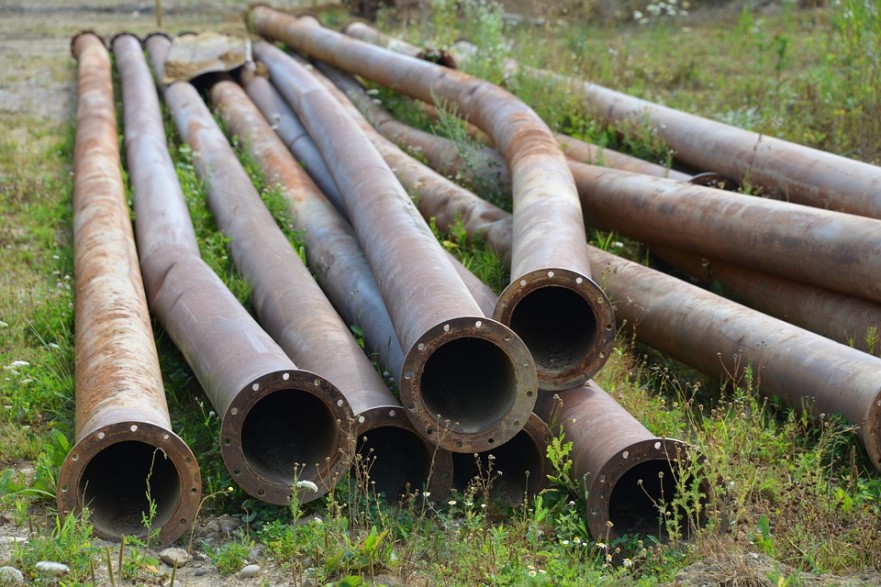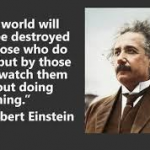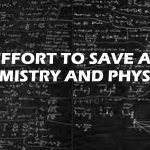My wish for the next group of elected state officials is to adopt a growth mindset when you take on your new roles. But even more specifically, my hope is that this new crop will adopt a growth mindset when it comes to STEM in our state. I think we all know that we have problems here in Arizona when it comes to science education. Our standards are bad, our resources are poor, and in general there is a huge disconnect when it comes to how we should face these challenges.
Recently I was at a science conference and there was a panel of some pretty important folks to science and engineering in Arizona. My question was 2 parts. A) “How many of you had taken a physics class? “Everyone giggled, I mean what a silly question….. All of them raised their hands….. B) “Are you aware that there are only 159 physics teachers left in the state and what are your thoughts on that? “The room goes dead quiet. There is a gasp here and there. People were pretty shocked at the comment. But I mean why?? You should know this already!!!
For the next 15 mins the panel talked about how they loved the subject and how we need more of it. At the end of the answer session a lady turns to me and says; I don’t think they even knew how to answer that question. Turns out she was pretty important herself, but she got it. And yes… she was definitely right. They didn’t know how to answer the question.
So, this is where I think our state has to adopt a broader and encompassing mindset when it comes to our future both economically and educationally. You see at the end of the day it comes down to what I like to call a leaky pipeline. If we take a look at our kids from Kindergarten to Senior year of high school and how much exposure to science they get during that time period, I believe we would see some pretty bleak numbers in compared to our counterparts on the East coast and abroad.
In elementary school you get schools that call Science – STEM, without really knowing the true meaning of either, and they are making “STEM” a “special” and only offering it once every 10 days on a rotating calendar. I know, because I have seen this with own eyes. This means some kids in K-6 only get science instruction 16 days a year! And this is not an outlier, we have numerous schools where science is not the priority in younger grades. So, when we look at the first few meters of the pipeline its already losing pressure due to its holes early in the line.
I heard a lot about middle school in the last few conferences I attended this fall. Apparently, this is the next biggest and best playground to recruit STEM students into careers in the sciences. There are numerous businesses pumping money into junior high programs in order to excite students. I do believe there is some validity to this, however when you look at all these programs are we really thinking about the fact that they are only just “extras”. In other words, they are “part -time” things. Things to get involved in outside of the classroom.
When I am looking at the stem pipeline, I am not taking into consideration the extras. I am looking at the “full -time” educational experience my kids are receiving as they make their way down the pipe. In other words, how much exposure are they getting in classes during seat time/school time. In high school, you can graduate in this state with only 3 years of high school science. Not to mention many of the high schools, due to lack of qualified science teachers, don’t offer upper level science classes anymore. Which mean in many cases your last science class will be as a junior. I guess the question I have is: “Is that good enough for the 21st century global citizen?” Are these enough years of science in high school to compete in the global STEM market? With the rapid pace of science and progress today, will our current model be enough to grow our worker base in the most necessary fields of the future? Many seniors don’t even take a science senior year, so how to do we convince them to pursue science as a major? Its like a huge hole in your pipe one foot out from the spout.
What I am coming around too is that for all the great stuff we are doing in this state, (and we are doing some pretty amazing things), I think we miss the bigger picture and that is fixing the leaky pipes of STEM pathways. Like the science leaders in my first paragraph, these gentlemen all could boast of some impressive programs with lots of students. But what I didn’t hear was that the majority of their students were from Arizona. That concerns me. And it should concern you too. Moreover, what caused me to worry further is that with all these groups who offered solutions to get kids interested in STEM, not one brought up the topic of teacher retention and / or qualifications. As we all know teachers are the front-line connection students have to new ideas and opportunities.
If we don’t invest in the core/base infrastructure and fix the hemorrhaging of our STEM pipeline, then we will “further damage” our economic future and that’s bad for Arizona. We need a robust STEM presence for students in younger grades with equal opportunities for all. We need programs to continue to encourage engagement. But most of all we need frontline high school STEM teachers (LIKE DOUBLE) to be the final guide for students seeking the chance to become part of the economy of tommorrow.










Comments 3
I am curious about what you noticed about the Elementary School Stem “Special.” Do you know what is happening? I am asking because as a 2nd/3rd grade teacher, I always thought that would be a good option to try to help with Science Instruction because time is precious. I always had to tie Science Content into my required ELA reading block. We got to read about the ideas and concepts in science but we had very little time to do experiments. I wanted to try a Science Special in which my kids went to for 90 minutes a week and got a whole lesson that focused on Science and experiments.
So what you are talking about is great. 90 mins a week would be awesome. However that is not the case in the last few schools I spoke with. Instead they are doing science/stem as a pure special and only on a rotating limited basis, as if an elective class.. This cant be allowed in my opinion. I know we are all hard pressed for time, but the science needs to get blended into what kids are already doing.. it needs to happen more often that in is now.. 90 mins a week would be a great 1st step. But sadly its not happening in many schools in our state..
It makes me so sad when I see the deficit of high-quality Science work for students, as well as bring in STEM supports for students. We are definitely missing the mark when it comes to supporting students.